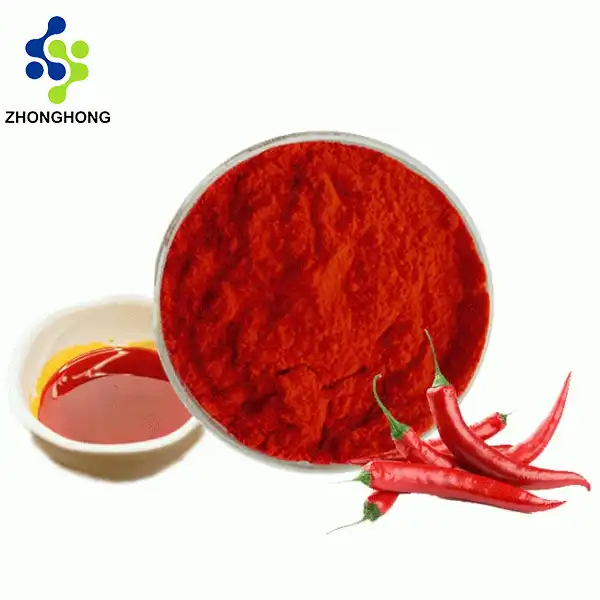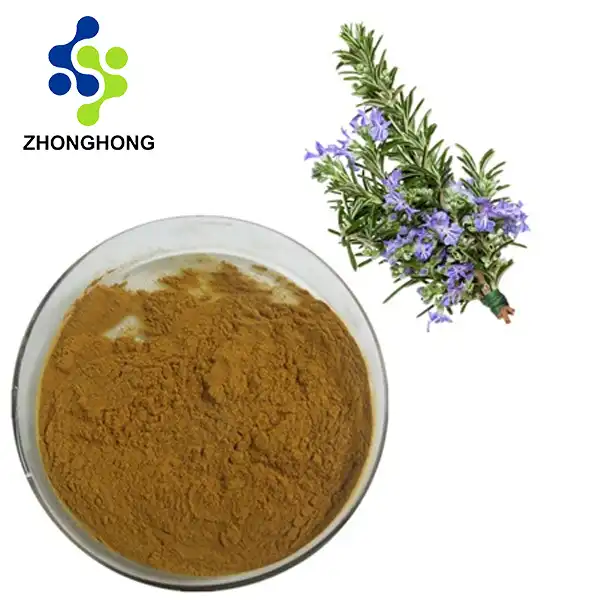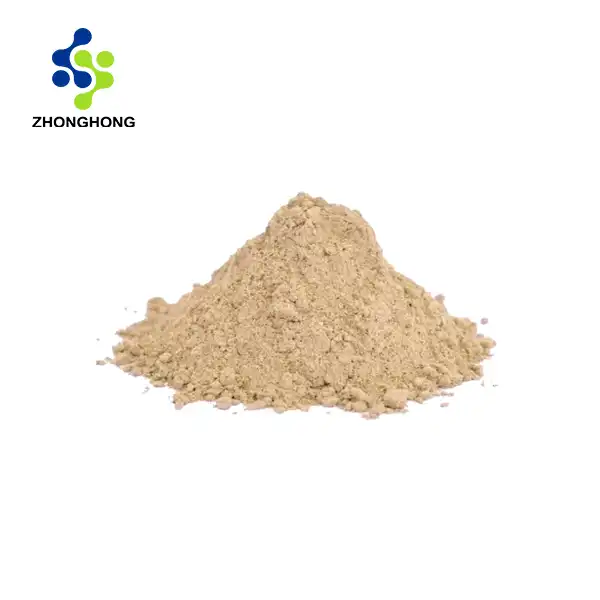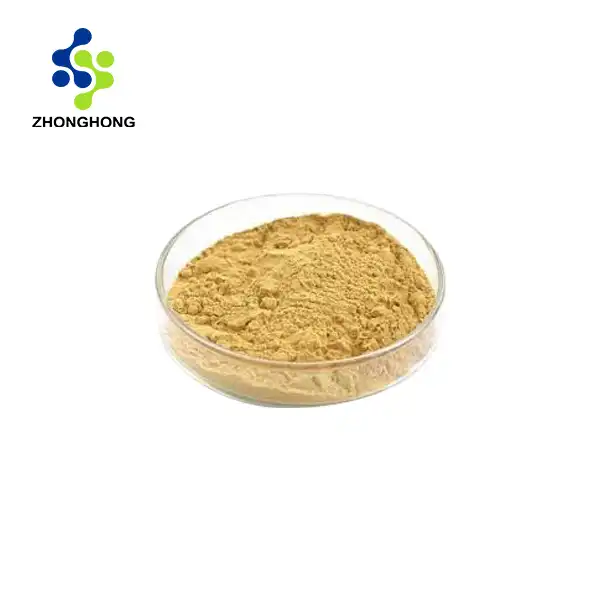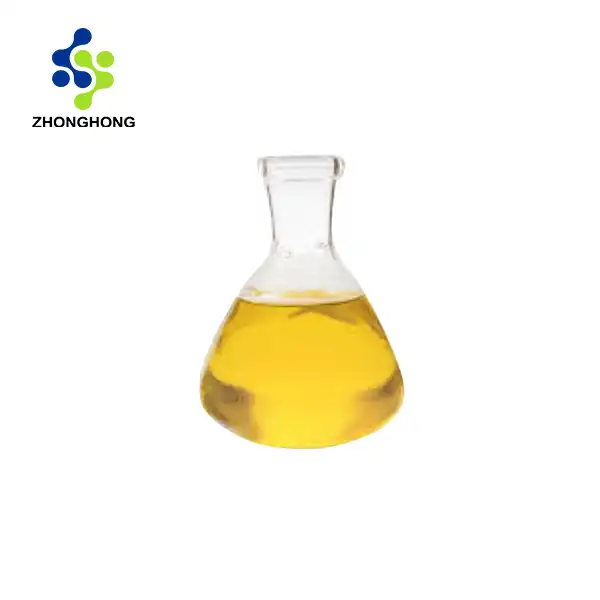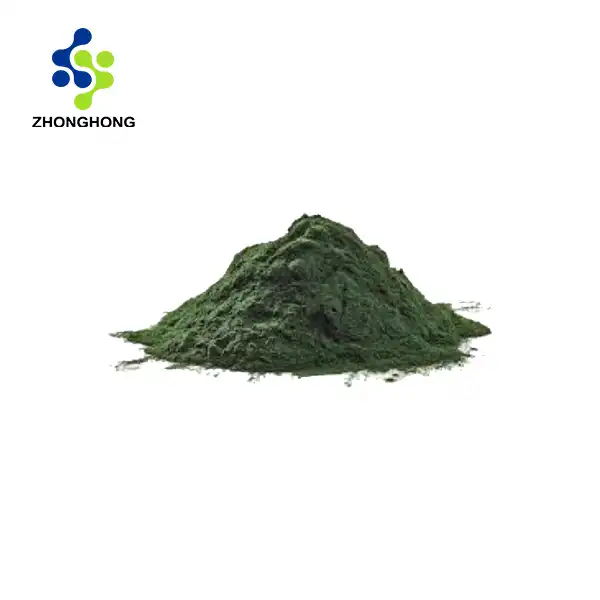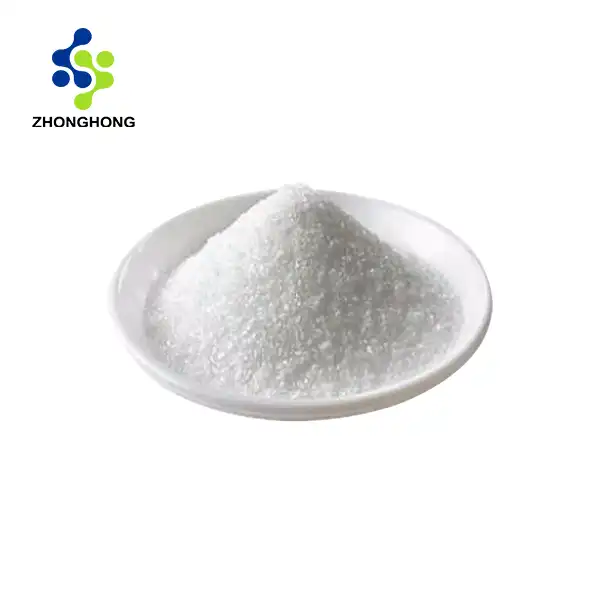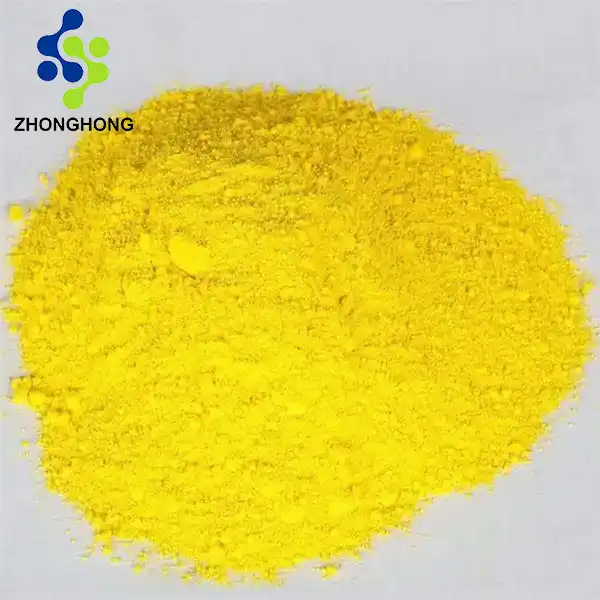Which is better bisdemethoxycurcumin or tetrahydrocurcumin?
2024-12-01 11:51:33
This indicates better body absorption and longer effectiveness. Moreover, tetrahydrocurcumin has been shown to have potent antioxidant and anti-inflammatory properties which can boost overall health benefits.In comparison, bisdemethoxycurcumin shines with notable cancer-fighting qualities making it especially relevant in cancer research studies. For general health benefits with optimal absorption, tetrahydrocurcumin powder is usually a better option. Conversely, for targeted uses or specific research needs, bisdemethoxycurcumin might be more suitable.
Comparison of Chemical Properties and Bioavailability
Molecular Structure and Stability
On the other hand, tetrahydrocurcumin is a derivative of curcumin characterized by reduced double bonds in its central carbon chain after metabolic processing. This structural modification bestows tetrahydrocurcumin enhanced stability.In comparison to bisdemethoxycurcumin, tetrahydrocurcumin shows less susceptibility towards degradation under physiological conditions due to the absence of unsaturated links that may undergo oxidative processes. The minimized reactivity allows it to maintain its activity in the body for a longer duration than its precursor, making it more efficient as a dietary supplement or ingredient in various product formulations.The stability and reduced reactivity of tetrahydrocurcumin render it an advantageous choice for applications requiring potent and long-lasting curcuminoids effects. This highlights the potential benefits of utilizing tetrahydrocurcumin powder over bisdemethoxycurcumin in health supplements and functional foods.
Absorption and Metabolism
The efficiency with which these compounds interact within our bodies significantly influences their functionality. Tetrahydrocurcumin shows superior absorption capabilities compared to bisdemethoxycurcumin due to its simpler molecular structure. This streamlined nature allows it to more easily traverse cell membranes, ensuring that a higher proportion of the compound is effectively utilized by the body.Research studies have substantiated this notion, demonstrating that when tetrahydrocurcumin is ingested, it is efficiently absorbed in the gastrointestinal tract and results in elevated concentrations within the bloodstream. This advantageous absorption property makes tetrahydrocurcumin particularly suitable for applications aiming to create systemic effects across the entire body. Such uses can range from dietary supplements promoting general health enhancement to pharmaceuticals designed to operate systemically.
Antioxidant Potential
Both compounds possess the capability to combat harmful substances that can lead to cellular damage, yet tetrahydrocurcumin stands out due to its superior performance in this area. Its simpler molecular structure allows for the more efficient elimination of free radicals and reactive oxygen species, thereby enhancing its antioxidative capacity.This remarkable ability makes tetrahydrocurcumin a prime candidate for use in cosmetic products that safeguard against environmental stressors and signs of aging on the skin, as well as functional foods and dietary supplements targeted towards overall health enhancement. While both compounds are effective at mitigating damage to cells, tetrahydrocurcumin excels in this function, making it an advantageous ingredient choice for applications focused on promoting complete body wellness.
Therapeutic Applications and Research Findings
Anti-inflammatory Effects
In the region of brain wellbeing conservation, tetrahydrocurcumin has illustrated especially empowering results. Its prevalent capability to navigate the blood-brain obstruction compared to other curcuminoids gifts it a competitive edge in tending to neurological issues.Research on tetrahydrocurcumin's potential for ensuring against neurodegenerative conditions such as Alzheimer’s and Parkinson’s malady has uncovered promising comes about.
Anticancer Potential
Both compounds have displayed characteristics that may prevent or hinder cancer development, but bisdemethoxycurcumin has attracted more attention in the field of oncology research. Studies have indicated unique ways this compound may combat specific types of cancer cells by triggering cell death (apoptosis) and halting their growth.Conversely, tetrahydrocurcumin showcases wider-ranging anticancer impacts thanks to its superior absorption properties. This allows for better targeted delivery to tumors, promising significant therapeutic potential. Research has revealed that tetrahydrocurcumin can inhibit the formation of new blood vessels (angiogenesis), reduce tumor size, and enhance the effectiveness of some chemotherapy drugs.The stability and high bioavailability of tetrahydrocurcumin powder indicate its promise as a critical compound for further exploration in cancer prevention and treatment strategies.
Neuroprotective Effects
In the area of brain health preservation, tetrahydrocurcumin has demonstrated particularly encouraging outcomes. Its superior capability to traverse the blood-brain barrier compared to other curcuminoids grants it a competitive edge in addressing neurological issues.Research on tetrahydrocurcumin's potential for protecting against neurodegenerative conditions such as Alzheimer’s and Parkinson’s disease has revealed promising results.
Industrial Applications and Product Development
Pharmaceutical Formulations
In the pharmaceutical industry, the choice between bisdemethoxycurcumin and tetrahydrocurcumin frequently depends on the particular helpful objectives. Tetrahydrocurcumin, with its upgraded bioavailability and steadiness, has picked up footing in the improvement of verbal definitions. These progressed conveyance strategies point to assist improve the bioavailability and focused on conveyance of tetrahydrocurcumin, possibly extending its helpful applications in zones such as cancer treatment and administration of incessant infections.
Nutraceutical and Dietary Supplement Applications
Tetrahydrocurcumin powder is progressively being utilized in dietary supplements focusing on by and large wellbeing, anti-aging, and irritation administration. Its soundness in different details makes it appropriate for consolidation into capsules, tablets, and indeed utilitarian nourishments and beverages.Product designers are investigating inventive ways to combine tetrahydrocurcumin with other bioactive compounds to make synergistic impacts. For occasion, combinations of tetrahydrocurcumin with piperine or other retention enhancers are being considered to encourage make strides its bioavailability and viability in nutraceutical applications.
Conclusion
Yet, tetrahydrocurcumin powder emerges as a more advantageous option due to its exceptional bioavailability, stability, and diverse therapeutic capabilities - especially in powder form. Its adaptability across pharmaceutical, nutraceutical, and cosmetic sectors highlights its utility as an essential component for multiple industries.As ongoing research delves deeper into the benefits of tetrahydrocurcumin, we can anticipate further advancements in health and wellness product innovation that capitalize on this compound's unique properties. If you want to get more information about this product, you can contact us at liaodaohai@gmail.com.
References
1. Aggarwal, B. B., & Harikumar, K. B. (2009). Potential therapeutic effects of curcumin, the anti-inflammatory agent, against neurodegenerative, cardiovascular, pulmonary, metabolic, autoimmune and neoplastic diseases. The International Journal of Biochemistry & Cell Biology, 41(1), 40-59.
2. Jamwal, R. (2018). Bioavailable curcumin formulations: A review of pharmacokinetic studies in healthy volunteers. Journal of Integrative Medicine, 16(6), 367-374.
3. Murugan, P., & Pari, L. (2006). Antioxidant effect of tetrahydrocurcumin in streptozotocin–nicotinamide induced diabetic rats. Life Sciences, 79(18), 1720-1728.
4. Somparn, P., Phisalaphong, C., Nakornchai, S., Unchern, S., & Morales, N. P. (2007). Comparative antioxidant activities of curcumin and its demethoxy and hydrogenated derivatives. Biological and Pharmaceutical Bulletin, 30(1), 74-78.
5. Yodkeeree, S., Chaiwangyen, W., Garbisa, S., & Limtrakul, P. (2009). Curcumin, demethoxycurcumin and bisdemethoxycurcumin differentially inhibit cancer cell invasion through the down-regulation of MMPs and uPA. The Journal of Nutritional Biochemistry, 20(2), 87-95.
6. Zhang, L., Fiala, M., Cashman, J., Sayre, J., Espinosa, A., Mahanian, M., ... & Rosenthal, M. (2006). Curcuminoids enhance amyloid-β uptake by macrophages of Alzheimer's disease patients. Journal of Alzheimer's Disease, 10(1), 1-7.
_1728976869676.webp)
